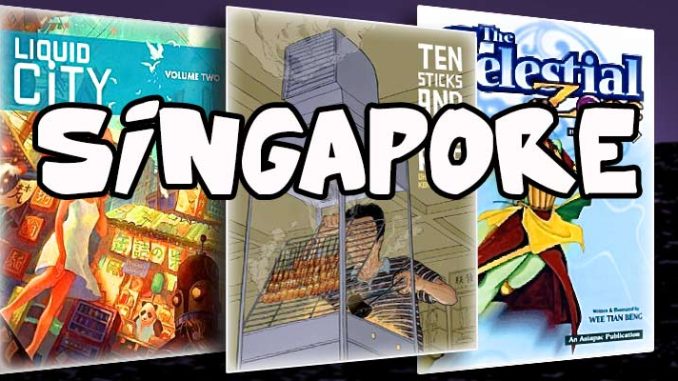
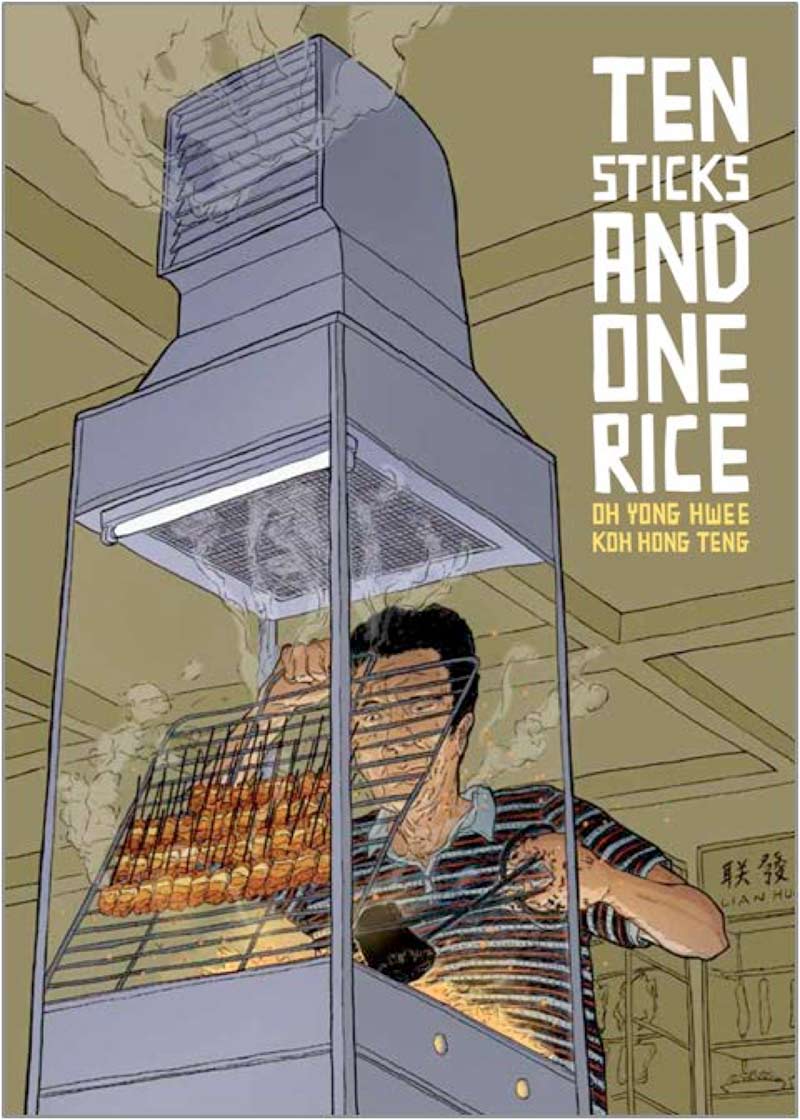
The reality of comic book publishing in Singapore is that winning or getting nominated for awards does not equate to the sales figures needed for one to survive as a full time artist. Despite its critical acclaim, out of the 1000 copies of Ten Sticks and One Rice printed, only about 650 were sold (Nanda, 2014). Koh tried to do comics full time but given the meager sales, had to supplement his income with freelance work and part time teaching in an art school. On the other hand, Oh owns a web design company that allows him to write as a hobby. As for Monsters, Miracle and Mayonnaise, its 1000 print run was sold out and it had gone into second printing. Tan is a rather in-demand freelance artist who does comics on the side.
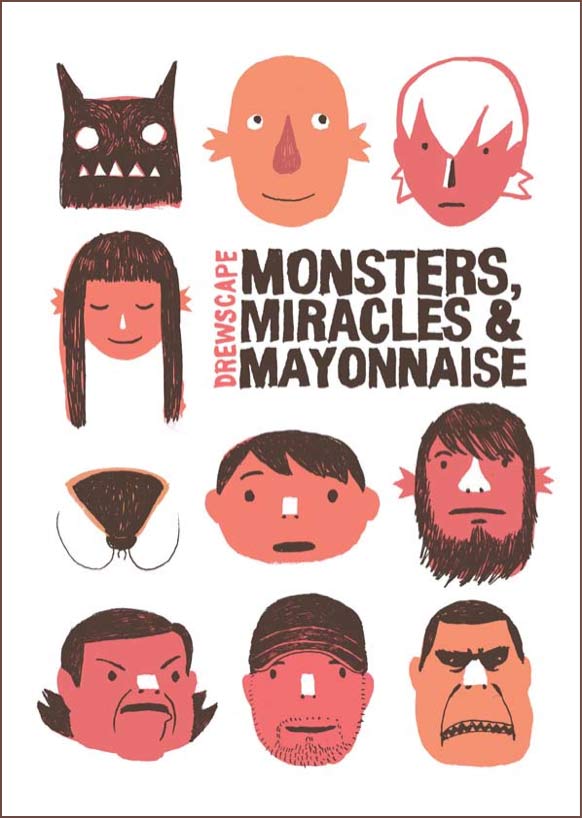
Taking the example of Ten Sticks and One Rice, it is a story of a street hawker trying to make sense of a changing Singapore he is living in. It is an autobiographical tale based on the lives of the creators’ hawker parents. One could argue that the autobiographical genre is one of the mainstream trends in Singapore comics. This is unlike in USA, where the autobiographical genre is alternative (Hatfield, 2005). The major autobiographical work in Singapore comics in recent times is Troy Chin’s five-volume The Resident Tourist. 2 A paean to a girl he is in love with, The Resident Tourist is Chin’s story of returning to Singapore after burning out as a music executive in New York. It rambles through his childhood and current friendships. I made an appearance in the comic as well as Chin taps on present events. For his effort and putting his heart out on the line, Chin was given the Singapore National Arts Council (NAC) Young Artist Award in 2011.

This abandonment of the ‘mainstream’ for the personal is made possible with funding from the NAC and the Media Development Authority of Singapore (MDA). Koh, Chin and others have been recipients of these funding bodies. These help to array publishing cost, as the tab of printing the books is partly covered by the grants from NAC and MDA. In that sense, the books paid for themselves. This could have a negative impact of de-incentivising publishers from promoting the books, which could be costly affairs. This explains the magic number of a 1000 print run. Although bigger print runs lower the cost and improve profitability, inventory cost is a worry as Singapore does not have a critical mass. This is ironic as Singapore’s economic success is due to its small size and ability to turn things around quickly in terms of policies and population compliance. But it does not have a large enough consumer market for its own music, books and comics.
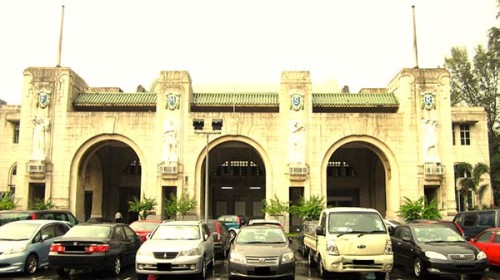
There are two consequences from this development. One, more ‘artistic’ works are being produced as artists do not think about the sales of the books. With a small print run of 1000, artists would not be able to survive by just drawing comics. To give an example, the Epigram books sell at S$18.90 per copy. Even if all 1000 copies sell out, the royalties for the artists would be much less than S$18,900 after deducting the production costs, and the margins to the booksellers and distributors. Each comic could take four months to half a year to produce. It is not possible to live on creating comics alone. With this in mind, most artists in Singapore do not do so, which explains their attitude to storytelling. Koh’s new comic, which he spent more than a year writing and drawing, is about the last train that travelled from the now-defunct Tanjong Pagar Railway Station in Singapore. It is his magnum opus that ties personal history with the economic development of the country. As a history teacher, I like it a lot. But I am not sure of its appeal to the public. After this, Koh will work with Oh again on a story of a rambutan orchard, based on an academic article about art history. Both projects are funded by the NAC, whose purpose is to support local arts. But such a funding strategy might not help the artists to win new fans.
This leads us to the second consequence of this development. Most writers and artists are hobbyists in that sense. They have full time jobs, which allow them to create comics when they are free. While this has given rise to the more personal stories being told and the interesting phenomenon of the autobiographical genre being mainstream, this does not encourage the comic industry to develop in terms of professionalization. It can be a Catch-22 situation whereby the depth and the kind of stories told are limited by the time creators have to work on their comics. The exceptions are those who put aside financial considerations to work on their comics full time like Koh and Chin.
[pullquote]Most comics are the artists or writers’ personal vehicle of expression[/pullquote]Recent interviews I did with 10 comic creators in Singapore show that there is no consensus on what they think the Singaporean readers want in terms of comics. The answers I got ranged from the very general “a good story coupled with excellent art” to humour and local issues. A few focused on the form, that Singaporean readers are more interested in the manga style and content with cross media appeal. The problem as one of them pointed out is the lack of market research in finding out what the readers want. To elaborate: “Most comics are the artists or writers’ personal vehicle of expression. Not really aimed at consumers. No marketing plan. No cooperation in the community, no strategy, lack of proper structure. Lack of leadership.” There is no meeting with the audience half way in terms of what they would like to read in a Singapore comic. (One artist: “I have no idea what they want. I only know what I want.”) This has led to a rather negative mindset among comic readers of thinking Singapore comics are not very good or interesting. When asked if they have read any, the answer is usually no.There are a few creators who keep an eye on the market, but they have to focus on the overseas market. Wee Tian Beng’s The Celestial Zone, which has been running since 1999, is one of Singapore’s most successful comic series. It was distributed internationally by Diamond and is popular enough to be found online on manga scanlation websites. By going beyond the Singapore market, Wee and his TCZ Studio are able to overcome the small print run constraint I mentioned earlier. Each issue of The Celestial Zone sells a few thousand copies and it has fans from other parts of Asia, Europe and America. To further consolidate its gains from foreign orders, Wee has starting selling ebooks of The Celestial Zone in English and Chinese versions. However, this is a distribution/print run solution. If the story and art is not appealing, readers will not pick it up. As Wee pointed out: “The knowledge of what a commercial comic is among local creators is very poor.”
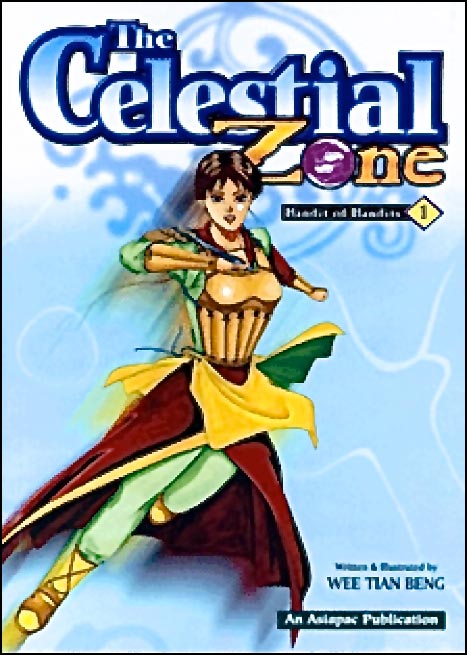
Perhaps it is for this very reason that one of Singapore’s most successful comic artists, Sonny Liew, does not draw for the Singapore market. Liew broke into the US comic market a few years back and is drawing for DC/Vertigo, Marvel, Image and First Second. Based in Singapore, he earns a more than comfortable income from his American assignments. But for his personal projects in Singapore, they are quirky, playful and deal with the weighty subjects of history and politics. The Art of Charlie Chan Hock Chye, to be published by Epigram Books, is also funded by the MDA in Singapore. The book is much anticipated among serious comic fans in Singapore as it has been delayed for more than a year due to Liew’s other work commitments. But whether the wider readership will accept it remains to be seen. The persecution of online political cartoonist, Leslie Chew, last year is another reminder that political satire is off-limits. (Wong, 2013) Singapore used to have a vibrant political cartooning scene in the 1950s and 1960s. But that disappeared when the state required the press to play a consensus-building role instead of the being the fifth estate. (Lim, 1997)
This explains why more personal stories are being told when political venues of expression are shut down. Artists seek safer alternatives. Given Singapore’s emphasis on education, educational comics is the other mainstream genre in Singapore. Sir Fong’s Adventures in Science series by Otto Fong has four volumes out so far, gone into reprints and has sold more than 10,000 copies in total. Singapore parents are willing to spend a lot of money on providing tuition and buying assessment books for their children to do well in school. Some of these get trickle down to educational comics. Fong gives school talks to promote his books, which are based on the science curriculum in Singapore.
Wee, Liew and Fong are among the few examples of comic artists who make a decent living from doing comics in Singapore. Many others like those published by the Association of Comic Artists (Singapore) (ACAS) are doing this as a hobby during their free time. The ACAS books are similarly funded by the NAC.
Comics seem to be caught in a common arts syndrome in Singapore, that winning or being nominated for awards is a sign of validation more important than readership or sales. There are clear advantages of being an award-winning artist as Singapore. One gets more funding for travelling, conferences and even scholarships. The next book would probably pay for itself, which means the publishers are happy and the arts council has fulfilled its mandate of support the arts with its funding. But this situation does not bode well for the industry in the long run or for the medium in terms of telling stories that is commercially viable and connecting with a larger audience. The book I co-edited, Liquid City Volume 2 (Image Comics, 2010), an anthology of Southeast Asian comics, was nominated for best anthology at the 2011 Eisner Awards. Needless to say, it did not win and I am still holding on to my day job.
Lim Cheng Tju
Lim Cheng Tju is an educator in Singapore
Kyoto Review of Southeast Asia. Issue 16 (September 2014) Comics in Southeast Asia: Social and Political Interpretations
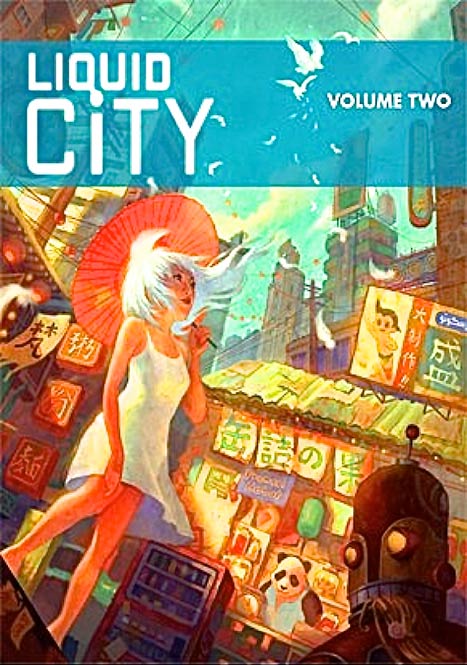
References
Chin, Troy. The Resident Tourist. 5 vols. (Singapore: Self-published, 2008-2011).
Fong, Otto. Sir Fong’s Adventures in Science. 4 vols. (Singapore: Ottonium Comics, 2008-2012).
Hatfield, Charles. Alternative Comics: An Emerging Literature. (Jackson: University Press of Mississippi, 2005).
Liew, Sonny, and Cheng Tju Lim, eds. Liquid City Volume 2. Vol. 2. (Berkeley, CA: Image Comics, 2010).
Lim, Cheng Tju. “Singapore Political Cartooning.” Southeast Asian Journal of Social Science 25.1 (1997): 125-50.
_____”The Early Comics of Eric Khoo.” S/Pores: New Directions In Singapore Studies.11 (2012).
Nanda, Akshita. “Local Comic Book Wins Manga Award.” The Straits Times (2014).
Oh, Yong Hwee, and Hong Teng Koh. Ten Sticks and One Rice. (Singapore: Epigram Books, 2012).
Tan, Andrew (drewscape). Monsters, Miracles and Mayonnaise. (Singapore: Epigram Books, 2012).
Wee, Tian Beng. The Celestial Zone. (Singapore: TCZ Studio, 1999).
Wong, Chun Han. “Singapore Cartoonist Apologizes for Court Lampoon.” The Wall Street Journal (2013).
Notes:
- On how Oh and Koh created the comics, see http://s-pores.com/2013/02/the-making-of-ten-sticks-and-one-rice-by-oh-yong-hwee-and-koh-hong-teng/. ↩
- See http://www.drearyweary.com/TheResidentTourist/index.html ↩
